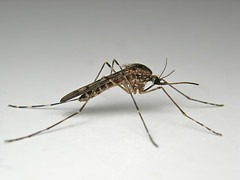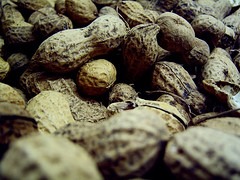
GM/Biotech Crops Report – June 2019
3rd June 2019- GM/Biotech Crops Monthly Reports (BELOW) form part of BCPC’s free three-tier Biotech Crops Info service.
- This service also includes a weekly round-up of news from around the globe – see BCPC Newslink GM Crops section.
- Plus – Free access database on over 300 GM/biotech products covering 23 crops in the global market visit BCPC’s GM/Biotech Crops Manual – Register here for free access.
Already registered? Click here
GM/Biotech Crops Monthly Report June 2019
 |
GM Phages to the rescue Antibiotics kill bacteria until the bacteria develop resistance but now a team in America have enlisted the help of bacteriophages to attack resistant bacteria. The phages attack the bacteria cells and inject their DNA to hijack the cell and turn it into a phage factory. This treatment has been used in Russia but now the American team have edited the DNA that the phages inject to make it more potent. This treatment seems to have saved the life of a seventeen year old girl here in the UK. More Pic: naturalismus |
|---|---|
| Mosquito faces fungal venom
Malaria is spread by the female mosquito seeking a blood meal and mosquitoes are subject to infection by a fungus called Metarhizium pinghaense. Normally this fungus does not kill the mosquito but researchers at Maryland University in America have taken the genetic code for the venom produced by the funnel web spider and spliced it in to the DNA of the fungus. Now when the fungus is in the mosquito it produces this venom and rapidly kills the mosquito. Trials in Burkina Faso have achieved a 99% reduction in mosquito populations within 45 days. More |
 |
 |
Mozzie-Free Tahiti
An island north of Tahiti is now virtually mosquito-free after a breeding and release programme of male mosquitoes infected with the Wolbachia virus that makes the females sterile. It is also demonstrating a number of other eco-friendly technologies but 2-room bungalows start from £3,200 per night! More |
| Pest-resistant tomatoes?
Solanum pennellii is a wild relative of the tomato that produces insect repelling gum on the ends of its leaf hairs. Michigan University plans to use CRISPR-Cas9 editing to add this trait in to the cultivated tomato genome to see if it will also repel insects from the cultivated crop. More
|
 |
 |
Oleic acid peanut boostThe benefits of oleic acid in the diet are well-known and now a team at Tuskagee University are developing a peanut with increased oleic acid content. It also has the benefit of increasing the shelf-life of the peanuts so it is a win-win situation. More Pic: DOT |
| Healthier rice
Wild rice produces red grains caused by high concentrations of pro-anthocyanidins and anthocyanins, both of which have health benefits. Cultivated rice has white grains due to the loss of these pigments but a team at Xiamen University have used CRISPR-Cas9 editing to restore them in elite lines of cultivated rice. More |
 |
 |
Tempting GMO Chocolate
A non-profit organisation called ‘A Fresh Look’ is producing chocolate bars with fruit fillings from GMO crops such as apples, oranges and papaya. Their aim is for consumers to take a fresh look at GM crops to see the benefits that they offer. More |
| Will the EU reconsider its stance on gene editing?
Currently the EU lumps gene-edited organisms in the same pot as GMOs but a coalition of 14 EU countries led by Holland and Estonia are calling for this to be reviewed at the next EU Commission following the recent elections. More |
 |
 |
Fertiliser from GM Bacteria
Nitrogen-fixing bacteria that are associated with maize roots normally stop nitrogen fixation in the presence of elevated levels of soil nitrogen. However, a company in California has modified the genes of this bacterium so that it remains active in the presence of plentiful soil nitrogen. Now maize growers across 25 states in the US are adding these bacteria to their starter fertiliser dressings to see if it can reduce the need for later-applied nitrogen. More Pic: newflower |
THE LATEST ADDITIONS TO THE GM/BIOTECH DATABASE ARE:
• MZIR098 – maize with multiple insect resistance (including Coleopterans) and tolerance of glufosinate approved for food and feed use in Japan.
• MON88702 – cotton with Hemipteran insect resistance approved for food use in Taiwan.
FOR INSTANT ACCESS TO GM BIOTECH MANUAL CLICK HERE (Registration required)
Already Registered? Click here to access

